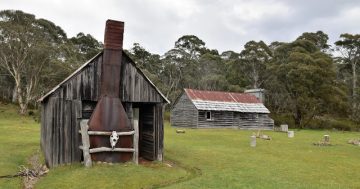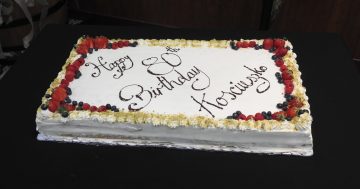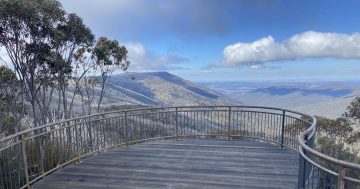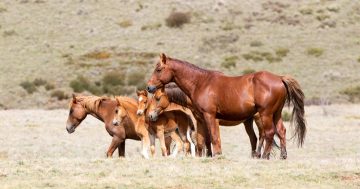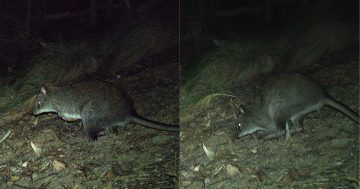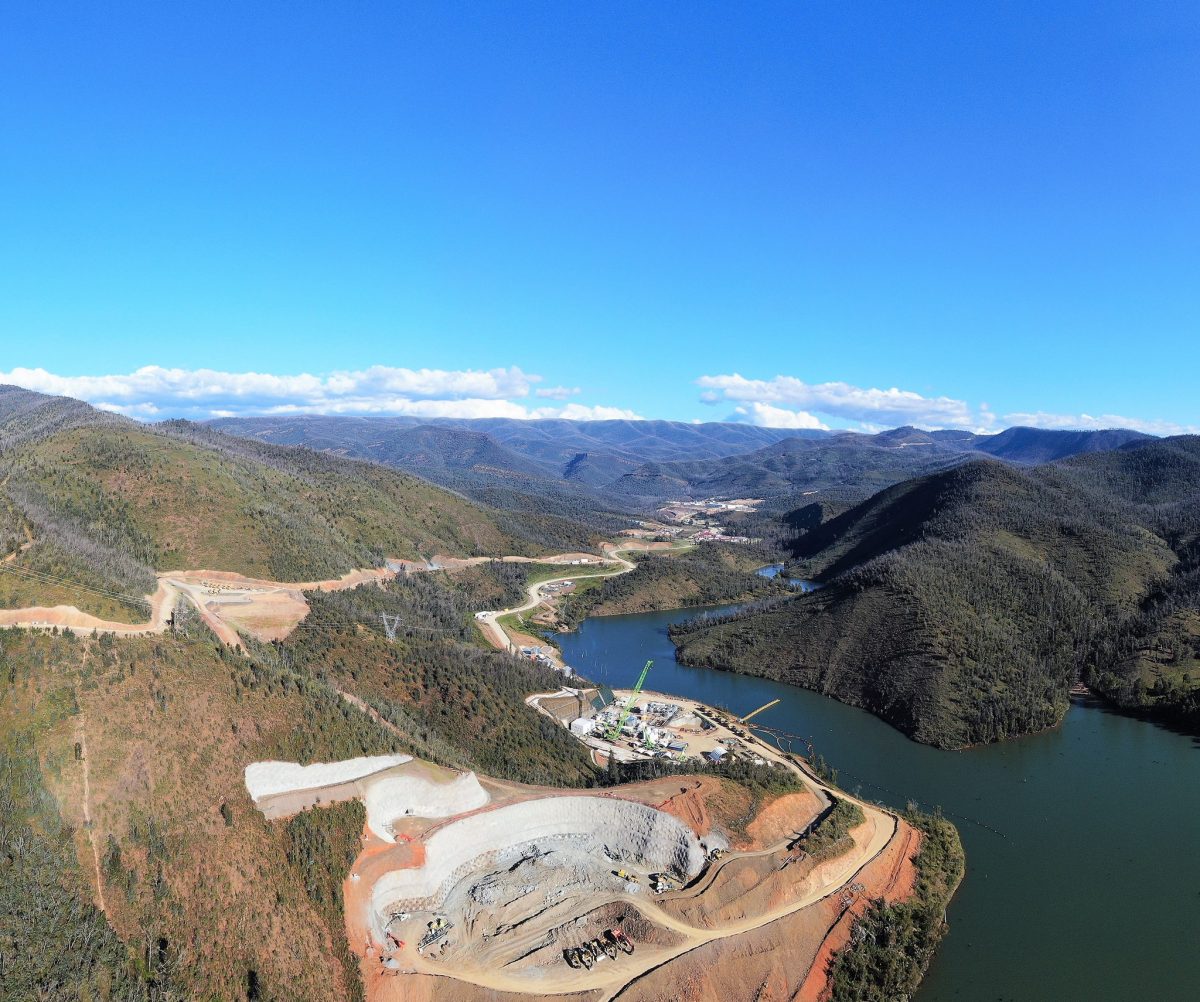
The excavation site for Snowy Hydro 2.0 at Talbingo. Photo: Snowy Hydro/Facebook.
The National Parks Association (NPA) of NSW has called on the NSW Government to increase penalties for the Snowy 2.0 project following a recent review of its environmental performance.
NPA CEO Gary Dunnett has criticised the $12 billion project for failing to comply with its environmental conditions of approval and has demanded extra sanctions for repeated pollution incidents in Kosciuszko National Park (KNP).
His comments come in the face of an additional environmental breach in January, heightened public outcry over fish deaths and algae spread in Tantangara Dam and the April 2024 release of an NPA report detailing the failures in environmental compliance of the Snowy 2.0 project.
Compiled using Snowy Hydro’s independent environmental audits (IEAs), environmental management plans and state government compliance actions, the report asserts Snowy Hydro and its contractors are not meeting expectations for a construction project in a highly significant and sensitive location.
Approved by the NSW and Commonwealth governments in 2020, Snowy Hydro 2.0 links the existing Snowy Hydro dams — Tantangara and Talbingo — through 27 km of tunnels and a new underground power station.
The project has been subject to strict environmental laws and regulations, as well as project and site-specific environmental permits and approvals issued at federal, state and local government levels.
Compliance oversight involves routine site inspections by officers of the Department of Planning, Housing and Infrastructure (DPHI), the Environmental Protection Authority (EPA) and the National Parks and Wildlife Service (NPWS), as well as a series of independent environmental audits (IEA).
However, Mr Dunnett says there is no public access to the construction sites and, therefore, no opportunity for the community to observe the impacts on the National Park. To date, the four IEAs of the Snowy 2.0 project have shown serious shortfalls in compliance with the conditions of approval.
He said that more than a dozen warnings, enforceable undertakings, cautions and fines issued to Snowy Hydro and its contractors by the DPHI and EPA over the past two years were particularly concerning.
In 2023, the EPA fined Snowy Hydro and its contractor Webuild $15,000 each over two alleged pollution incidents in 2022.
The authority alleged that in June 2022, a sediment plume was created that stretched more than 2 km down the Yarrangobilly River, and in September, sediment-laden water from roadworks at Tantangara impacted the Nungar Creek.
An EPA investigation found that Snowy Hydro and Webuild failed to adequately implement specific measures at the two locations required to address potential pollution incidents.
In December 2023, Snowy 2.0 received a notice after contaminated drill and blast spoil at some of its sites was found to be polluting the groundwater.
The penalties came with a reprimand from the EPA, which said these incidents should not have occurred.
“Every industry has a role to play in reducing their impact, but your role is even more critical when you’re based in one of our state’s most pristine environments.”
In January 2024, an additional $15,000 fine was issued to Webuilt after the EPA alleged that during construction works near the Wallaces Creek Bridge at Lobs Hole, the contractor inadvertently altered the drainage pathway for stormwater runoff, resulting in sediment-laden water discharging into Wallaces Creek, which flows into the Yarrangobilly River.
NSW EPA Executive Director Operations Jason Gordon said the EPA’s investigation found the short-term duration of the incident resulted in some minor impacts to water quality in a short section of Wallaces Creek. After considering the compliance history of Webuild, the EPA considered a penalty notice was warranted.
“The EPA will continue to closely monitor the project and escalated enforcement action can be expected if further breaches are detected and may include prosecution action for serious breaches of the environment laws,” Mr Gordon said.
Mr Dunnett said the community had been assured the Snowy 2.0 project would be subject to strict environmental conditions of approval and that government agencies would closely scrutinise Snowy Hydro’s performance.
“Time and time again, Snowy Hydro and Webuild had been fined for inflicting untold damage on Kosciuszko National Park,” he said.
“The Snowy 2.0 development has been an absolute environmental disaster and is proof that development has no place inside our national parks.
“The fact that so many actions have taken place is encouraging in that context,” he said.
“However, what is equally clear is that the regulatory actions haven’t forced Snowy Hydro and its contractors to become good tenants in the national park.
“Small fines aren’t going to cut it. The regulators must escalate their actions to the courts if they expect Snowy Hydro’s behaviour to improve,” he said.
The NPA wants to see NSW regulators escalate their actions to the courts to force Snowy Hydro to improve its environmental performance.
While acknowledging they had been the subject of several compliance actions by EPA and DPHI over the last two years, Snowy Hydro said they take their environmental management obligations very seriously.
“In each case, important lessons have been learned that have informed improvements to policies, procedures and site practices,” they stated.
“Snowy Hydro continues to take these matters very seriously and implement steps to ensure that identified incidents do not happen again”.
“We are absolutely committed to ensuring that the construction and operation of Snowy 2.0 is carried out in a manner that is compliant with all applicable laws and project approvals,” they said.
The energy company said it will “continue to seek ways to make positive contributions to Kosciuszko National Park”.
These actions include road improvements and a $100 million investment to improve the biodiversity and recreational values of the park.
The NSW EPA says following investigations, algal blooms in Tantangara Dam identified earlier this year appear to be unrelated to the Snowy 2.0 construction site.
Original Article published by Edwina Mason on About Regional.







